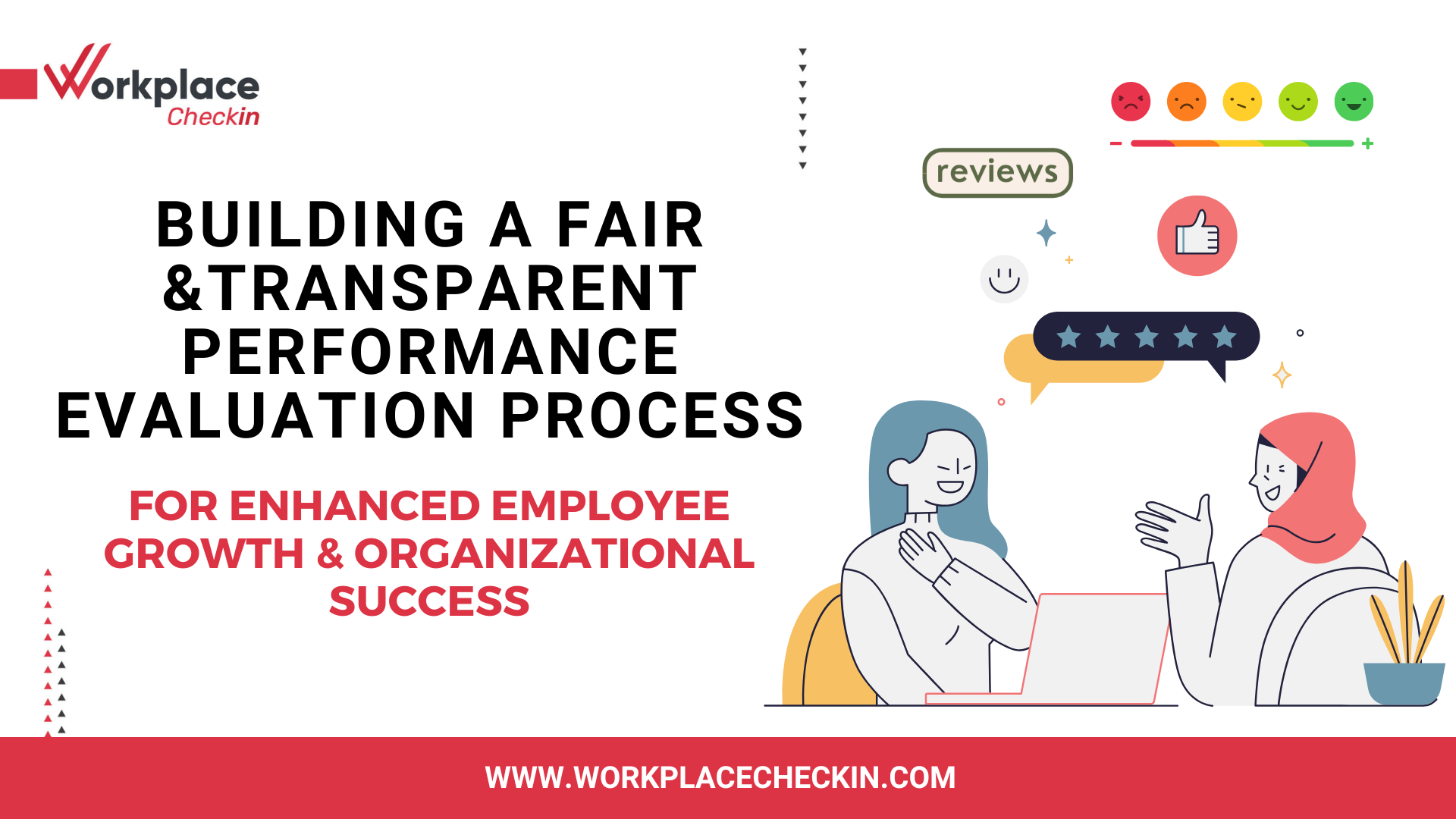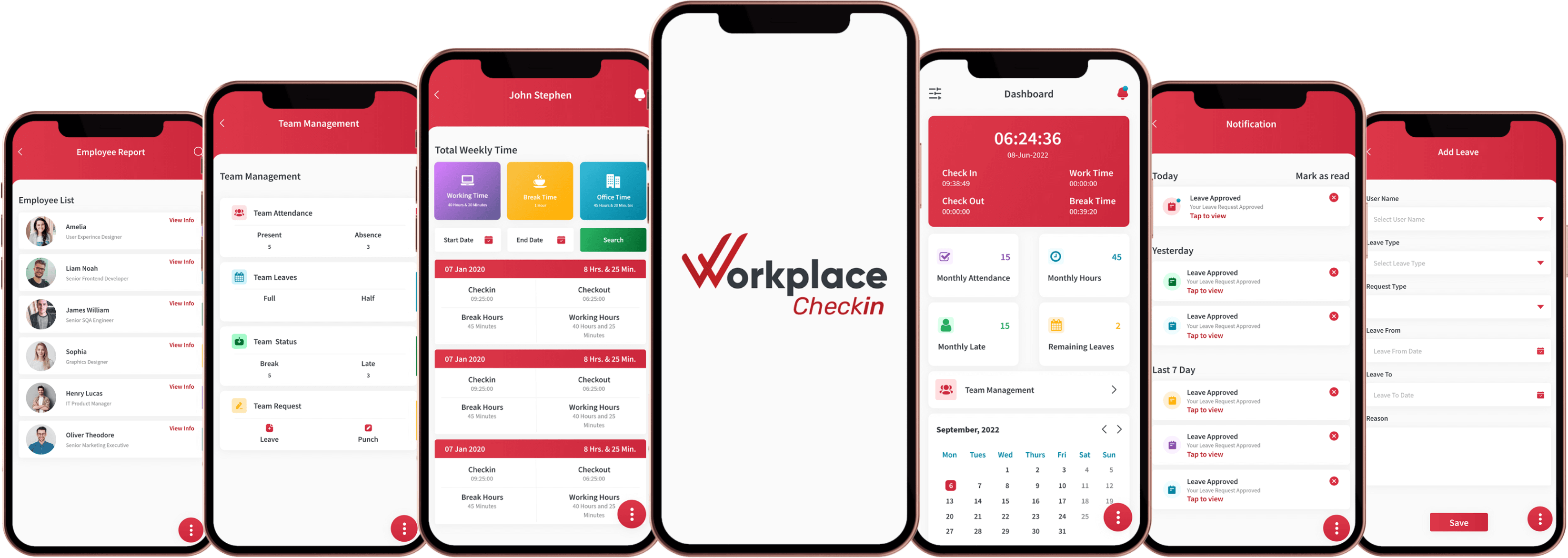

The Impact of Inclusive Leadership - Role of Leaders in Promoting Diversity and Inclusion
In the changing landscape of the corporate world, one concept has been gaining prominence and attention: inclusive leadership. It's a term that doesn't just sound good on paper but has the power to reform the way organizations operate and thrive.
A Story of Transformation
Let's begin with a story that exemplifies the power of inclusive leadership.
A passionate software engineer, Sarah felt her voice often went unheard in a predominantly male team. Her frustrations escalated when her new team leader, Alex, took charge. However, Alex embraced diversity and inclusion, encouraging Sarah to share her unique perspective. This led to Sarah's confidence soaring and her innovative ideas shaping the company's products. Sarah's transformation and impact on the company's success can be attributed to Alex's inclusive leadership.

The Power of Inclusive Leadership
Inclusive leadership is not just a buzzword; it's a proven strategy for success. Numerous studies and statistics validate its impact:
Improved Employee Satisfaction
A study by McKinsey & Company found that companies in the top quartile for ethnic and cultural diversity on executive teams are 36% more likely to have above-average profitability. Inclusive leaders are instrumental in creating such diverse executive teams.
Enhanced Innovation
Companies that foster a culture of inclusion are more likely to encourage innovative thinking. Inclusive leaders promote open dialogue, leading to a 28% increase in the likelihood of capturing new markets, as reported by Boston Consulting Group.
Better Decision-Making
A diverse group of decision-makers is more likely to make better decisions. Inclusive leaders ensure that all voices are heard, contributing to a 60% improvement in decision-making, according to a study by Cloverpop.
Attracting Top Talent
Organizations known for their inclusive leadership are magnets for top talent. Deloitte reports that 80% of job seekers consider diversity and inclusion necessary when choosing where to work.
Real-Life Examples
Let's explore real-life examples of companies that have embraced inclusive leadership and witnessed remarkable results.
Microsoft:
Microsoft, under Satya Nadella, has made significant strides in gender diversity. In 2014, the company faced challenges related to women's pay, but Nadella's response led to change. Under her guidance, Microsoft committed to gender pay equity, increased diversity and inclusion training, and set ambitious diversity goals. By 2020, women made up 29.2% of its global workforce, a significant increase from previous years.
Salesforce:
Salesforce CEO Marc Benioff is actively promoting diversity and equality, aiming to close the gender pay gap and create a more diverse workforce, boosting employee morale and customer satisfaction.
Airbnb:
Airbnb CEO Brian Chesky implemented a mandatory "Community Commitment" to combat discrimination, demonstrating the importance of inclusivity and respect in fostering an organization's values.
Accenture:
Accenture's CEO, Julie Sweet, has boosted diversity and inclusion by aiming to increase women's and underrepresented minorities' representation in leadership roles, leading to a 56% increase in revenue since her tenure.
Embracing Inclusive Leadership
So, how can leaders embrace inclusive leadership and make a tangible difference in their organizations? Here are some actionable steps:
Lead by Example
Inclusive leaders set the tone for the entire organization. Demonstrate your commitment to diversity and inclusion through your actions, and others will follow suit.
Active Listening
Take the time to genuinely listen to your team members. Encourage open and honest communication, making everyone feel valued and heard.
Foster Diverse Networks
Encourage your team to build diverse networks both within and outside the organization. This can lead to fresh perspectives and innovative ideas.
Address Bias
Be proactive in addressing bias within your organization. Implement training programs and policies that promote fairness and equality.
Measure Progress
Set measurable goals for diversity and inclusion and regularly assess your progress. This keeps the commitment to inclusive leadership at the forefront.
Conclusion
Inclusive leadership is not a fleeting trend but a transformative force that can drive organizations to new heights of success.
As leaders, we have a choice: to perpetuate the status quo or to lead with inclusivity and empathy. It's time to embrace the power of inclusive leadership and shape a brighter future for our teams and organizations.






